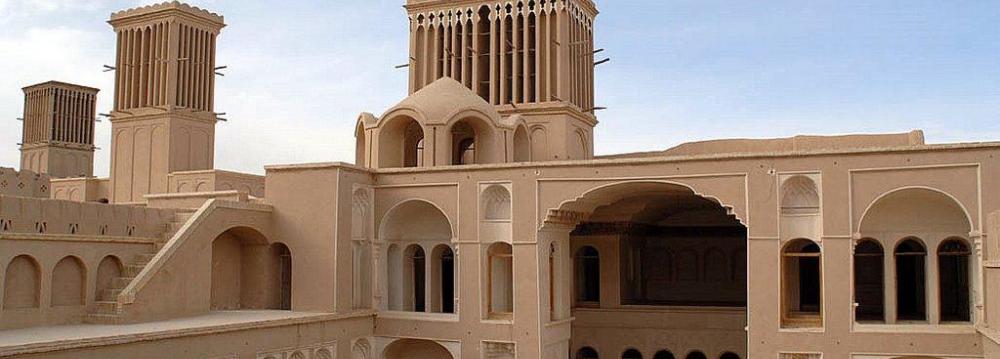Tehran is committed to developing Silk Road tourism and tapping its potential, according to a top tourism official.
“Enhancing tourism along the Silk Road will enable Iran to strengthen ties with regional countries and the international community, which is one of the main goals of the [President Hassan] Rouhani administration,” Masoud Soltanifar, head of Iran’s Cultural Heritage, Handicrafts and Tourism Organization said on Saturday in Urmia, East Azarbaijan Province, IRNA reported.
Urmia is hosting the Sixth UNWTO Silk Road Task Force Meeting (April 22-25). Representatives from the UNWTO Silk Road Program’s 33 member states are attending.
Acclaimed as the ‘greatest route in the history of mankind’ by experts, the ancient Silk Road formed the first bridge between the East and the West and was an important vehicle for trade between the ancient empires of China, central and West Asia, the Indian sub-continent and Rome. As routes of integration, exchange and dialogue, the Silk Road contributed greatly to the common prosperity and development of humankind for almost two millennia.
“Located halfway along the road, Iran has historically served as the gateway between the East and West,” the official said, lamenting “the decline in cooperation” between the member states due to “political differences and the spread of terrorism.”
“Iran is fully committed to developing Silk Road tourism and reaping its cultural, social, economic and political benefits … all the nations involved should strive for international cooperation and expansion of tourism to help bring people closer,” Soltanifar, who doubles as a vice president, said.
2016 Action Plan
According to Alla Peressolova, head of the UNWTO Silk Road Program, the program’s goal for the 2016-17 period is forging a collaborative framework for marketing and promotion, destination management and capacity building, travel facilitation and sustainable development.
“In 2015, the UNWTO was very active in expanding the program,” She said at the conference, adding that UNWTO Secretary-General Taleb Rifai has called on Silk Road nations to “facilitate travel for tourists by improving visa policies and embracing open skies.”
Peressolova expressed delight at the pace the Silk Road brand is growing, but admitted that a lot more needs to be done “to ensure tourism in the region reaches its rightful place,” the Persian daily Donya-e-Eqtesad reported.
“To promote the brand, we’ve reached a deal with travel website Trip Advisor as well as the BBC,” she added. Furthermore, Discovery Channel is set to produce a documentary about Silk Road tourism.
With its richly diverse cultural heritage and wealth of natural attractions spanning across thousands of kilometers of ancient routes, the Silk Road today offers visitors the opportunity to experience a unique network of destinations linked by a shared history. By venturing along the ancient Silk Road, tourists can walk in the footsteps of famed explorers such as Marco Polo.
While there is significant potential for tourism development and local economic growth along the Silk Road, many of the route’s cultural and natural sites are under threat, and significant investment and attention is required to ensure that they are safeguarded for future generations.


